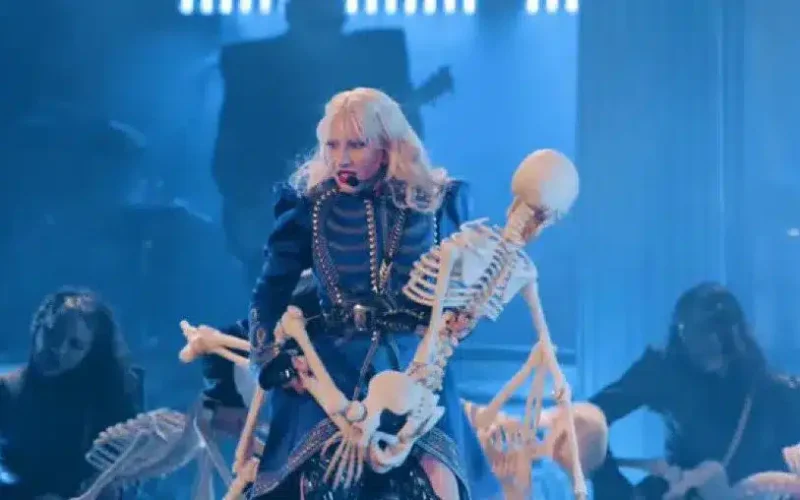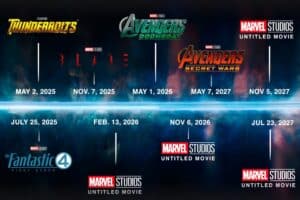It’s April 14, 2018, and people are frantic. Not in terms of stress and anxiety, but in ones of anticipation and excitement. Why? The weather is perfect, the mood is right, and Beyoncé is set to headline Coachella, in Indio, California. Paying tribute to all HBCUs and black culture, the monumental performance featured a live band, over 100 dancers, and a nostalgic Destiny’s Child reunion.
With nearly 130,000 people in attendance, “Beychella” ultimately became one of the most-watched, and greatest performances of all time. Since then, many others have graced the Coachella stage. Even before then. Because of this, one can’t help but wonder how, and where Coachella began. The history of Coachella is a compelling journey that spans over a century. It intertwines the stories of native tribes, Spanish explorers, railroad pioneers, and modern-day art and music enthusiasts.
Humble Beginnings
The Coachella Valley, where the city of Coachella resides, has always been inhabited by native tribes for centuries. Known for their deep connection to the desert environment, the native tribes have thrived in this region for generations. They developed sophisticated irrigation systems and agricultural practices to sustain their communities. In 1774, Spanish explorers led by Juan Bautista d Anza, ventured into the Coachella Valley. Intrigued by its fertile lands, and abundant water sources, they grappled with different names for the area, until the name Coachella was eventually chosen.
Though its exact origin, remains uncertain, some believe the name derives from the Spanish word, Conchilla. The name refers to the small white snail shells found in the valley soil. The arrival of the Southern Pacific Railroad in the late 19th century marked a significant turning point for the Coachella Valley. In 1876, a rail sighting was established, and the settlement was initially named Woodspur. Later in 1901, the community voted to adopt the name Coachella. Coachella experienced continuous growth throughout the early 20th century, primarily as an agricultural center. The cultivation of dates, citrus fruits, and other crops became major industries in the region.
The Outcome
On December 13, 1946, the residents of Coachella voted to incorporate the city, solidifying its status as an independent community. In 1999, the Coachella Valley gained international recognition with the debut of the Coachella Valley Music and Arts Festival. Founded by Paul Tollett and Rick Van Santen, Coachella began as a two-day event held in October. Headlined by Beck, Tool, Morrissey, and Rage Against the Machine. It was held at the Empire Polo Club. After scouting several sites for their festival, Tollett and Van Santen returned to the Empire Polo Club during the Big Gig Festival in 1998.
Impressed by the location’s suitability for a festival, they decided to book their event there. The promoters had hoped to stage the festival in 1998 but were unable to until the following year. On July 16, 1999, Goldenvoice announced that the Indio City Council had approved the festival and would provide $90,000 for services such as traffic control and public safety. The Coachella Valley Music and Arts Festival was officially announced on July 28 with a preliminary lineup of 40 acts. Tickets went on sale on August 7. Ticketmaster nearly had a monopoly on ticket sales and was criticized for price gauging on large stadium shows.
Promotion company Goldenvoice booked the Empire Polo Club for the alternative rock band Pearl Jam, where they’d play a protest concert against Ticketmaster. While a critical success, the first year lost Goldenvoice over $800,000. Despite having more than 25,000 attendees, the Coachella Valley Music and Arts Festival failed to make a decent profit, and organizers took a year off before bringing it back as a one-day event in April 2001. Returning as a two-day format the following April, the festival expanded to a three-day format in 2007. Coachella was then further expanded to include a second weekend in 2012. This featured the same lineup performing on both weekends.
Coachella’s announcement came just one week after the conclusion of Woodstock ’99. Held in July, of the same year, Woodstock was marred by multiple acts of violence including looting, arson, and rapes. Goldenvoice’s insurance costs increased 40% as a result and the company faced uncertainty regarding Coachella’s tickets. Tickets sold for $50 for each day; about 17,000 tickets sold for the first day, and 20,000 for the second, falling short of the overall attendance goal of 70,000. Attendees were offered free parking and a free bottle of water upon entrance.
Thankfully, the event went smoothly. The pleasant crowd was the perfect contrast to the melee that plagued Woodstock ’99. Goldenvoice wanted to do more there but could not compete with what Ticketmaster could pay artists. Therefore, they started a music festival, joining many bands together. They hoped that this move could make everything more profitable.
Due to receiving deferred compensation, these headliners were able to survive. Over time, the festival grew into a three-day concert, taking place on a Friday, Saturday, and Sunday. Coachella quickly became a cultural phenomenon, attracting a large and diverse range of music and art enthusiasts. Thankfully, the event went smoothly. The pleasant crowd was the perfect contrast to the melee that plagued Woodstock ’99.
Goldenvoice wanted to do more there but could not compete with what Ticketmaster could pay artists. Therefore, they started a music festival, joining many bands together. They hoped that this move could make everything more profitable. Due to receiving deferred compensation, these headliners were able to survive. Over time, the festival grew into a three-day concert, taking place on a Friday, Saturday, and Sunday.
Coachella quickly became a cultural phenomenon, attracting a large and diverse range of music and art enthusiasts. While Coachella’s early years featured a lineup dominated by alternative rock and indie bands, it eventually expanded to include a wider range of genres. These genres included hip hop, pop, and electronic dance music. In addition to experiencing the plethora of events, attendees are also able to camp in tents for all three days. Attendance for these shows were skyrocketing, with 2009 drawing over 200,000 attendees.
Not surprisingly, the city of Indio and the Coachella Valley were suffering from this excessive traffic. As a result, Goldenvoice paid for an additional lane in nearby highways. They also did a major overhaul of lighting and security to make the venue much safer. In 2012, the next major challenge hit. The tickets were selling out, so Goldenvoice made a risky move by expanding to two with identical lineups.
Both weekends sold out in under three hours. Ticket sales were up, and the festival was extremely profitable now. Goldenvoice and the city of Indio agreed to keep the Coachella at this location for the next few years. The city took at least $5.00 of each ticket sold. In 2017, tickets sold out almost immediately, bringing in nearly 115 million.
The following years proved to be successful also until 2020. That year, Coachella was first postponed, then canceled altogether due to the COVID-19 pandemic. In 2021, the festival was canceled again for the same reasons. Since then, everything has been back to normal.
Today, Coachella continues to be an entertainment staple anticipated each year by millions. Coachella’s global impact has also become a notable platform for a plethora of fashion trends, artistry, and social media influence. Whether you’re a California native, or visiting from out of town, Coachella, has proven to have always have something for everyone. With Lady Gaga among its list of performers, this year’s Coachella will be held on April 11-13 and April 18-20.








